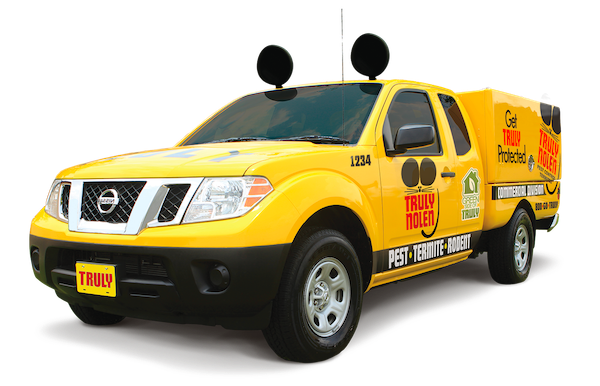Flies
Interesting facts about flies
Just like cockroaches, rodents and ants, flies also play a role in cycling organic material and spreading pathogens, such as Campylobacter and Salmonella bacteria. Controlling them is more difficult, because of their size and ability to fly through even the smallest cracks. Also, their eggs and larvae can be carried on food products and packages from food providers. That is why the sanitation of food and not bringing containers inside a food plant, hospital, or restaurant are so important.
Depending on the fly, some can breed in trash cans, organic matter spilled on the floor, dead rodents inside the structure, filthy drains and sinks holes, and rotten food.
They belong to the Diptera Order, with halters being their second pair of wings, and mouthparts varying from piercing/sucking (stable flies) to sponging (house flies). Adults generally eat liquids or small particles of food, because they don’t have chewing mouthparts, like their larvae. They are holometabolous insects (egg-larva A.K.A. maggot-pupa-adult) and their longest period of life is generally the larval stage; that is why it is so important to find where they are breeding and control them in their immature stage. Larvae will not be found in exactly the same places where adults fly and rest. For example, adult house and Calliphoridae flies may rest on walls above trash cans and their larvae would be inside, underneath or on the borders of the trash cans, wherever the food source is found.
Types of flies
There are approximately 120,000 species of flies. We’ll focus on six of the most common species inside the outdoor and indoor categories.
Outdoor Flies (“big flies”, generally larger than ¼ inch)
House Fly:
- Scientific Name: Musca Domestica
- Length: Approximately 4-7mm long
- Color: Gray with black stripes on the thorax and a yellow color on its sides.
- Eggs: Females lay 74 to 100 eggs each time.
- Breeding: They rarely breed indoors and prefer to lay their eggs in garbage or manure.
- Life Cycle: 7 to 45 days.
- Further Information: They have a sponging mouthpart and hence don’t bite. They are able to fly up to 1 mile (1.6km) from their breeding site.


Bottle Fly / Black blow fly:
- Length: Approximately 4-16mm long
- Color: Metallic blue, green and bronze sheen.
- Eggs: Females lay 100 to 200 eggs each time.
- Breeding: Females lay their eggs on animal carcasses.
- Life Cycle: 9 to 21 days.
- Further Information: They normally live outdoors. When found indoors it’s probably due to a dead animal being in the structure.

Flesh Fly:
- Length: Approximately 6-11mm long.
- Color: Gray with 3 black stripes o the thorax and a red or pink tip of the abdomen.
- Eggs: Females lay 20 to 40 larvae on animal carcasses.
- Life Cycle: 8 to 21 days.
- Further Information: Adults don’t bite. They normally live outdoors. When found indoors it’s probably due to a dead animal being in the structure.


Indoor Flies (“small flies”, generally smaller than ¼ inch)
Fruit Fly / Vinegar Fly:
- Scientific Name: Drosophila sp.
- Length: Approximately 3-4mm long
- Color: Tan to brownish-yellow or black.
- Eggs: Females lay 500 eggs each time.
- Further Information: They have bright red or dark eyes. Dark-eyed fruit flies are less attracted by fruits and more so by floor drains, trash cans, dishwashers, urinals and fecal material.


Drain Fly / Moth fly:
- Length: Approximately 1-3mm long
- Color: Brown
- Eggs: Females lay their eggs on scummy layers of filming in standing water.
- Life Cycle: 7 to 20 days.
- Further Information: They have a hairy body, oval-shaped wings and pointed tips. They prefer to live in drains, sewers or under cracked tiles with moisture.


Humpback fly:
- Length: Approximately 1-5mm long
- Color: Brownish
- Life Cycle: 10 to 25 days.
- Further Information: They prefer to live in drains, sewers and near decaying organic matter. Heavy infestations are usually associated with broken underground sewage lines.


How can we help?
Get in touch with a T.N.I agent in your country and let us know what issue you have with this pest. We’ll get back to you as soon as possible.


global
force in pest control
238
offices worldwide
worldwide
BRAND RECOGNITION
80+ years
experience


